Interior designers today rely on smart tools to bring their ideas to life. The right 3D rendering software can turn basic sketches into stunning, lifelike images. If you want to impress clients or tweak your plans with ease, picking the right 3D rendering software is crucial.
In this 2025 guide, we explore top picks for designers who want both speed and quality. We’ll cover features, benefits, and how each tool fits real-world design tasks. So, let’s jump in.
Why 3D Rendering Matters in Interior Design
Good design starts with good ideas. However, to turn those ideas into visuals, you need the right software. That’s why 3D rendering software is so important.
With the right tools, you can:
- Show furniture, lighting, and layout clearly
- Offer clients more design choices
- Cut errors and save time
Because of these benefits, 3D rendering is a must-have skill today.
1. SketchUp + V-Ray
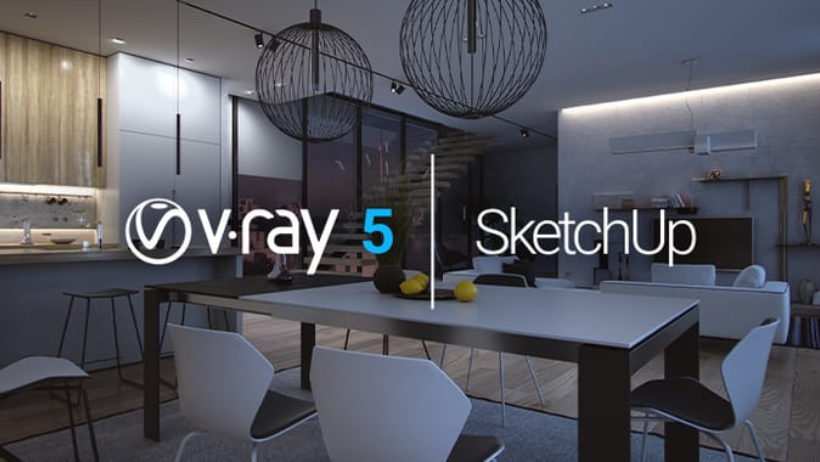
SketchUp is easy to learn. It gets even better when paired with V-Ray. Together, they offer a strong 3D rendering combo for interior design. With this setup, you can quickly create and render clean, clear models.
Best for: Fast modeling and realistic renders
Pros:
- Simple to use
- Huge online model library
- Great quality with V-Ray plugin
Cons:
- Basic built-in rendering tools
- Might need extra plugins
Still, many beginners love this combo for its speed.
2. Blender
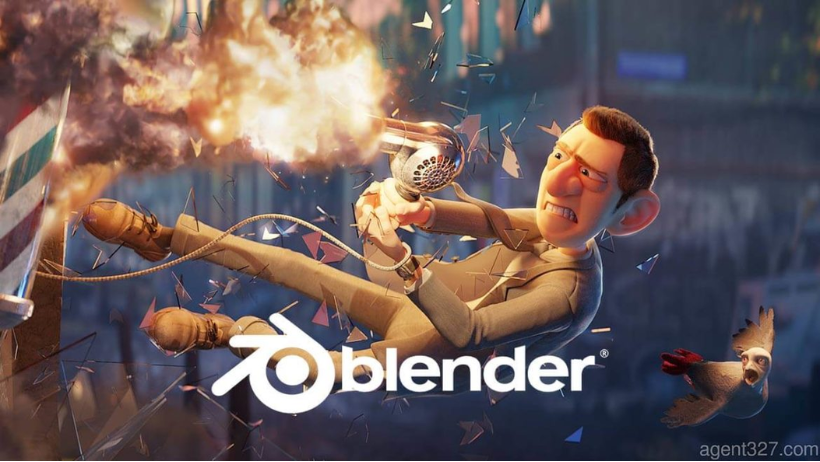
It is free and very powerful. It includes full 3D modeling, animation, and rendering features. While it’s not made for architects, many interior designers use it.
Best for: Custom interiors and visuals
Pros:
- Free for everyone
- Strong real-time and final renders
- Big support community
Cons:
- Steep learning curve
- Needs time to master
Even so, it’s a top choice for budget-conscious pros.
3. Autodesk 3ds Max
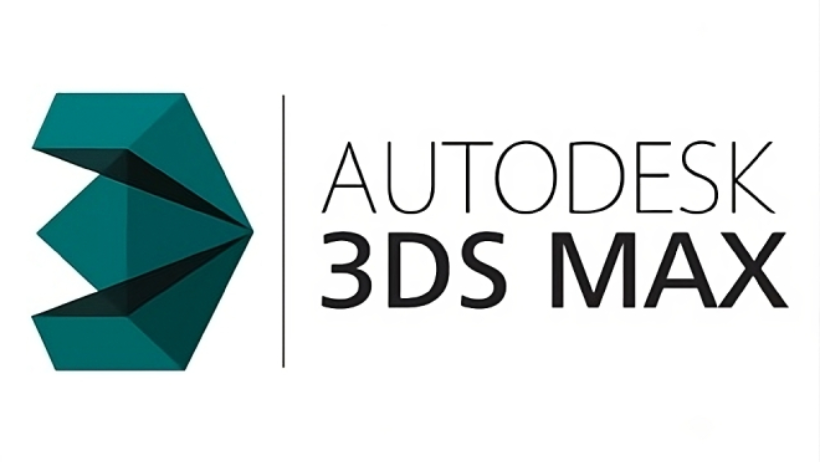
3ds Max is a trusted name in the 3D world. It’s used by top design and architecture firms. Most importantly, it offers high-end realism.
Best for: Big, complex projects
Pros:
- Excellent modeling tools
- Works well with V-Ray and Arnold
- Rich material library
Cons:
- High price
- Needs strong hardware
Despite the cost, it remains a leader in the field.
4. Lumion
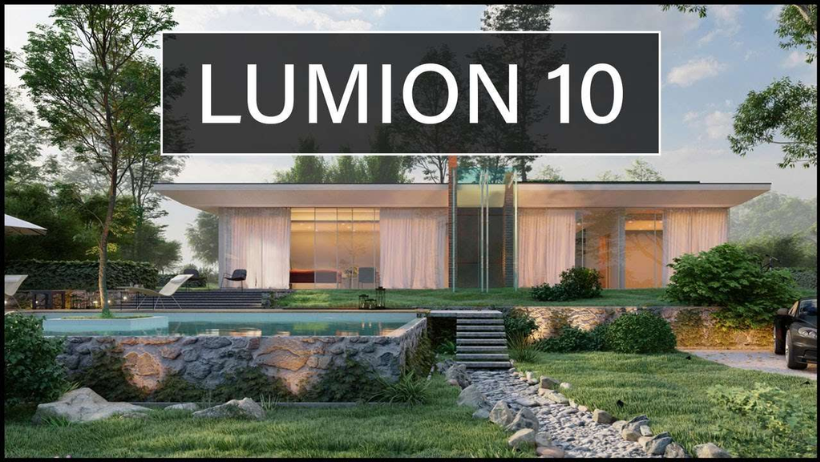
It focuses on speed and ease. Built for design pros, it delivers fast results. You can adjust things in real time, which helps during meetings.
Best for: Quick updates and walkthroughs
Pros:
- Very easy to use
- Real-time rendering
- Many built-in assets
Cons:
- Not great for modeling
- Limited control for advanced edits
Still, it’s perfect for showing ideas fast.
5. Enscape
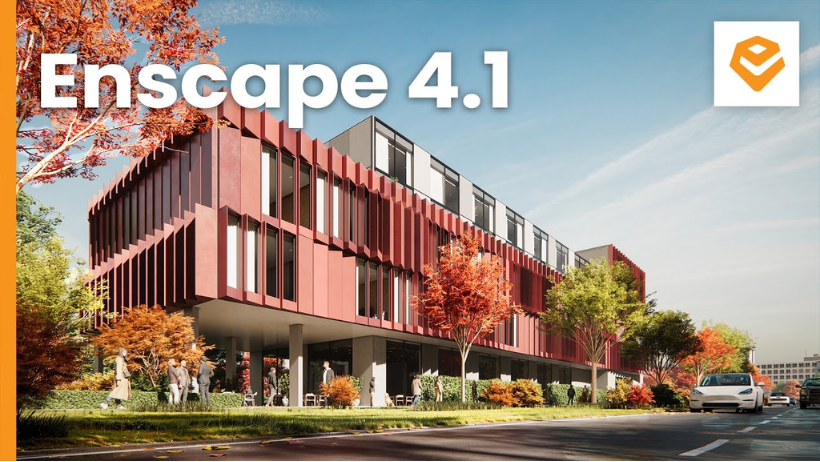
It connects directly with design apps like Revit and SketchUp. It lets you see changes right away. Because of this, it’s great for showing live previews.
Best for: Instant changes and client demos
Pros:
- Real-time updates
- VR support built-in
- Easy to learn
Cons:
- Needs good graphics card
- Fewer materials than others
Nonetheless, it saves tons of time on revisions.
6. Corona Renderer
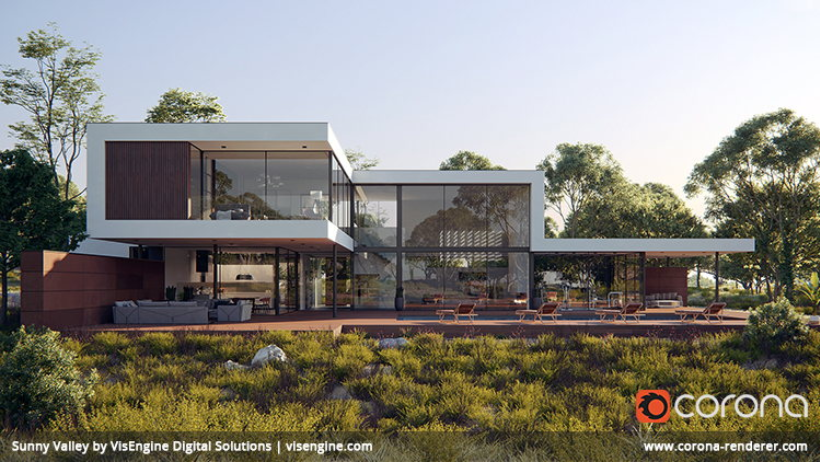
It is simple and effective. It works inside 3ds Max and offers soft, natural light. If realism is your goal, it’s a smart choice.
Best for: Smooth, true-to-life interiors
Pros:
- Very easy setup
- Great lighting and shadows
- Works fast with few settings
Cons:
- Slower on big scenes
- Limited to a few apps
Even so, it shines when realism matters most.
7. Twinmotion
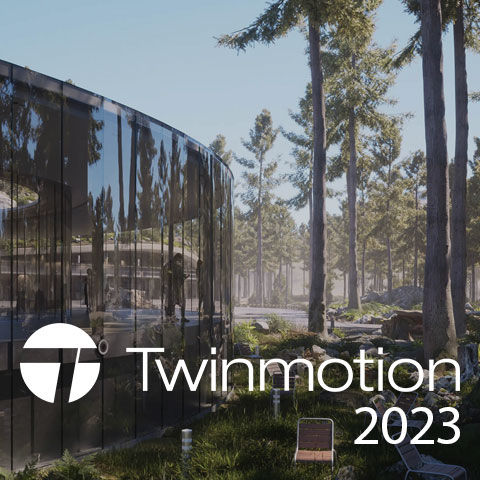
It is powered by Unreal Engine. It offers real-time speed and strong visuals. Designers love it for its quick results.
Best for: Interactive design previews
Pros:
- Real-time updates
- Easy interface
- Good default settings
Cons:
- Less flexible than Unreal
- May lack some deep features
Still, it’s great for quick client presentations.
8. D5 Render
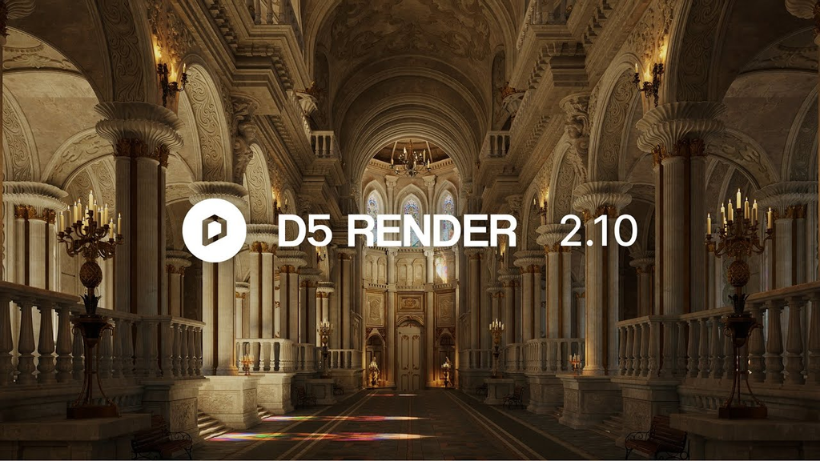
It is rising fast. It’s made for interior design and architecture. Thanks to its simple layout and strong lighting, it’s gaining fans.
Best for: Fast, rich interior scenes
Pros:
- Real-time edits
- Nice lighting system
- Beginner-friendly
Cons:
- Windows only
- Smaller library
Even so, it keeps improving with each update.
What to Look for in 3D Rendering Software
Picking the right 3D rendering software depends on your work. Ask yourself:
- Do you need speed or detail?
- Will you work alone or in a team?
- What’s your budget and hardware?
Also, think about which design tools you already use. Some rendering tools work inside those apps. For example, Enscape works with Revit.
Tips to Improve Your 3D Rendering Workflow
To work faster and better:
- Use natural lights
- Pick realistic materials
- Do test renders
- Use a render farm for final jobs
Also, learn keyboard shortcuts to speed up edits.
>>> Read more: 10 Best 3D Animation Studios in Vietnam
Final Thoughts
In 2025, you have lots of solid choices for 3D rendering software. Some tools focus on ease of use. Others aim for perfect realism. So, it depends on what matters most to you.
If you want a free tool, go with Blender. Need fast feedback? Try Lumion or Enscape. If realism is key, use 3ds Max or Corona.
Whichever you pick, keep learning and testing. Over time, you’ll find the setup that fits your workflow.
Power Your Renders with 3S Cloud Render Farm
When your project is ready to render, speed matters. 3S Cloud Render Farm helps you finish fast. It supports many top 3D tools, including Blender, Maya, and 3ds Max.